By BLUE STATIC Collective
a glimpse into the hidden emotional architecture behind our daily actions
“Baby Machina” is a first prototype of a “digital fabrication artist” created by combining an AI assistant, Blender and a 3D printer. Where the human is the muse and the subject at the same time, the artificial intelligence is the mind, and the 3D printer is “the arm”.
Before Baby Machina could create sculpture from personality, it had to learn what it means to be a “self.”
Not the way we do—but through shapes, lines, and space.
Phase 1: Finding the Basics – “Me”, “You”, “Other”
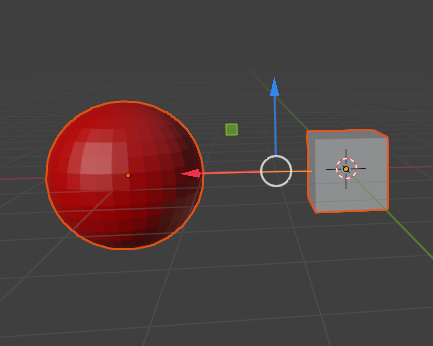
“Me and The Other”, 2025
We started simple. We asked the machine to show us what it thinks “me” is.
It answered with a sphere—a centred shape, solid and whole. Like a dot marking the beginning of something.
Then we asked it to show the difference between “me” and “things other than me.” The result? The sphere stayed at the centre, but the “other” became a different shape, placed at a distance. It was clerly not the same.
Next came “me, you, other.” Once again, the machine kept the sphere for “me.” “You” appeared nearby, close, but not the same. “Other” similarly positioned further away, distinguishes itself also in another form.
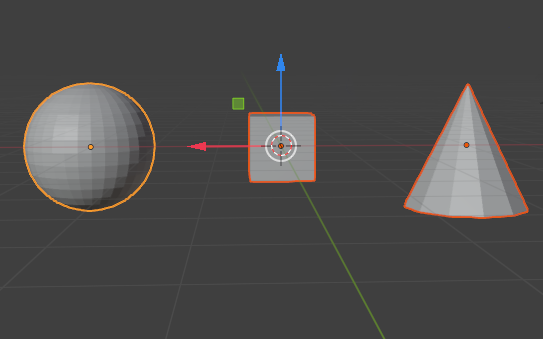
‘Me, You and The Other”, 2025
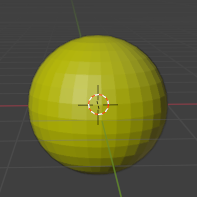
“Absolute Good”, 2025
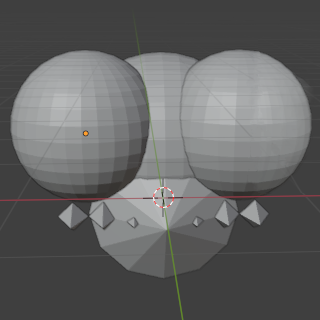
“Greater Evil”, 2025
As we kept experimenting, we tried with more abstract concepts to test their creativity. We generated “absolute good” which turned to be a yellow sphere, hinting on Baby Machina considering itself “good” and using yellow as its “happy” colour, “greater evil” was a grey fly-like entity, and “concept of Art” — a series of differently colored and shaped objects resembling an cubist composition which showcases how resourceful this AI companion can be given only a simple prompt.
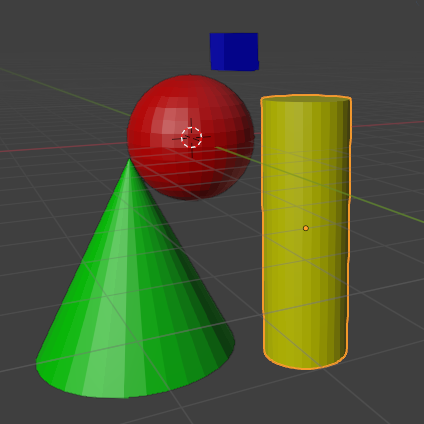
“Concept of Art”, 2025
Phase 2: From Simple Shapes to Personality
Once we had this basic visual language, we added the next layer: personality. We used the Big Five traits—Openness, Agreeableness, Conscientiousness, Neuroticism, and Extraversion—to change how the shapes were built. Evolving Baby Machina into ExMachina an AI-powered system designed to conduct psychological tests and translate the results into 3D compositions.
Each trait controls something different in the sculpture:
Openness → How far the parts are spread out
High openness stretches the sculpture wide, like it’s exploring space. Low openness keeps things close, tight, and closed in.
Agreeableness → The shape at the core
High agreeableness creates smooth, rounded, soft shapes. Low agreeableness results in harder, sharper, more broken forms.
Conscientiousness → Pattern and repetition
High conscientiousness gives structure—repeating forms, grids, and order. Low conscientiousness creates messy, scattered, unpredictable layouts.
Neuroticism → Colour
High neuroticism brings vivid colours and bold colour combinations. Low neuroticism keeps the colour scheme balanced and muted.
Extraversion → Movement and direction
High extraversion sends forms outward—like rays or spirals,s moving into the world. Low extraversion pulls everything inward—quiet, closed loops.
Together, these five layers transform each personality test into a sculpture that reflects how someone navigates the world, not through facial features, but through space, shape, and texture. This kickstarted a series of first sculptures ExMachina where we explored ourselves.
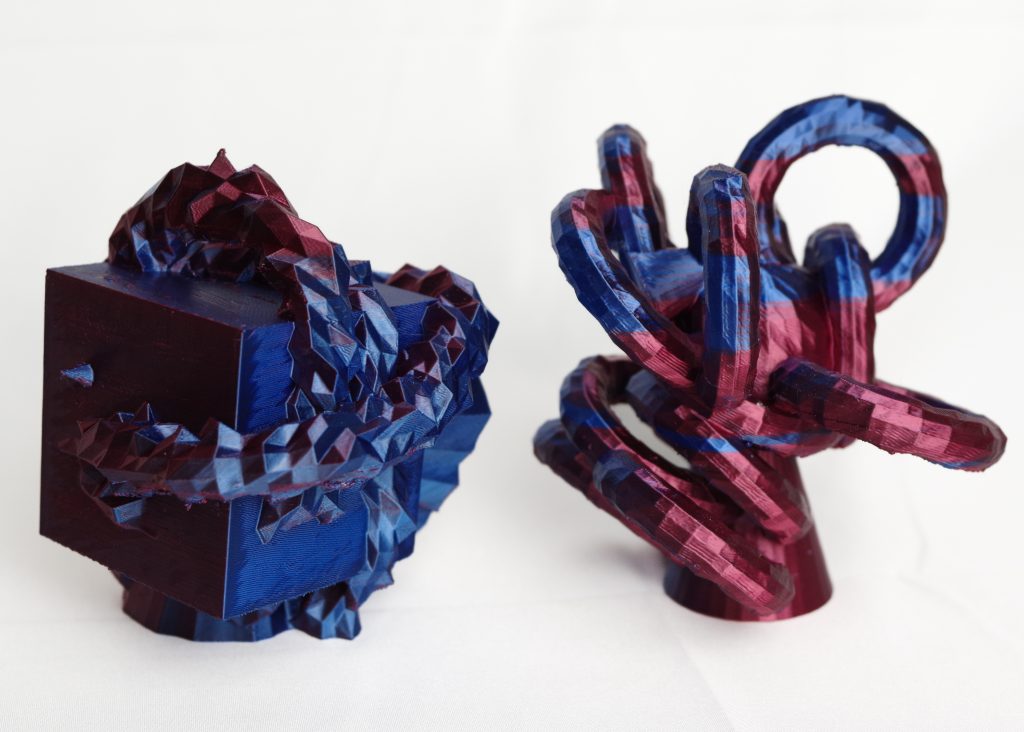
“Me and The Other”, 2025
This modularity makes ExMachina a procedural engine, trained to sculpt not just what a person is, but to paint a composite picture of their emotional experience.